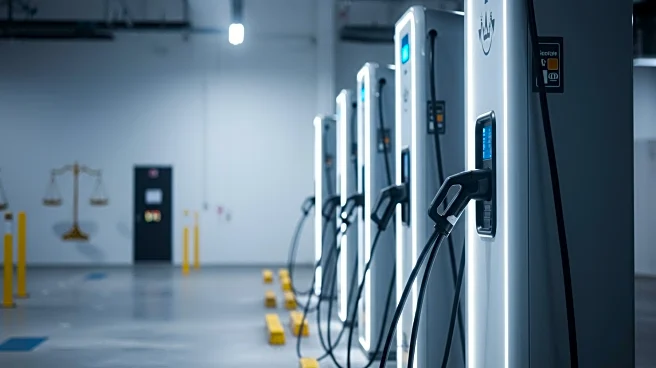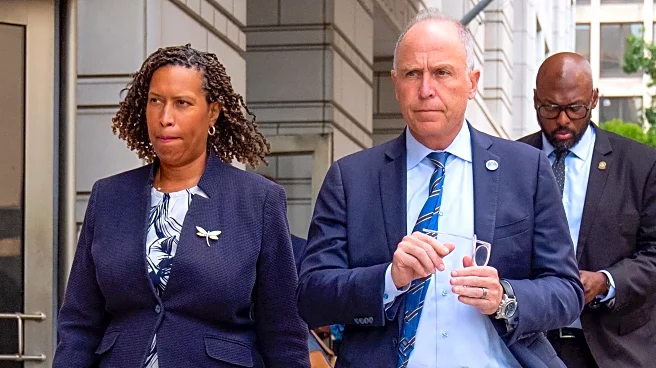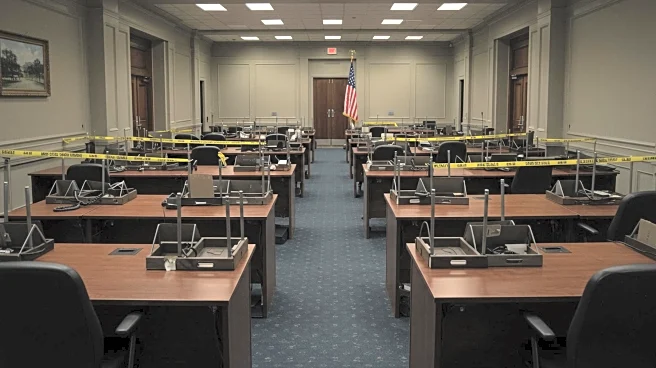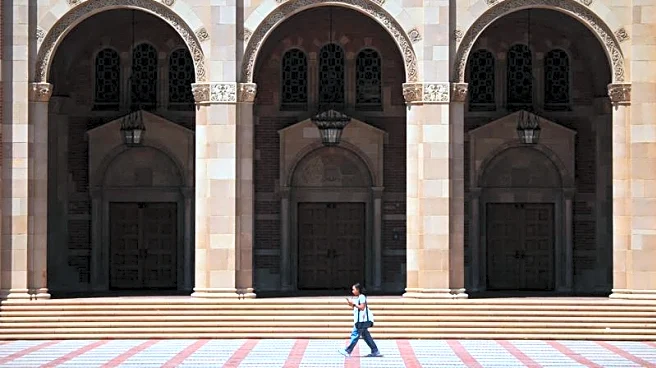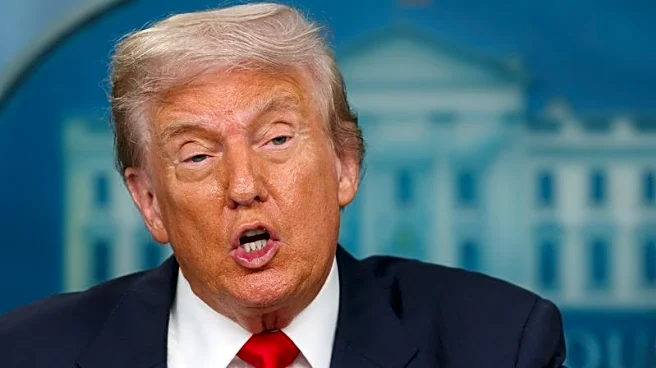Rapid Read • 8 min read
The Trump administration has decided to unfreeze funding for electric vehicle (EV) charging infrastructure, restoring billions of dollars initially allocated under President Biden. This move comes after a federal judge ruled that officials had overstepped their authority in halting the funding. Transportation Secretary Sean P. Duffy announced the relaunch of the program with revised guidance, removing Biden-era language that promoted labor standards and minority-owned contractors. The new guidelines offer states more flexibility in determining the completion of their highway-based charger networks, allowing them to use the funds for a broader range of projects. Despite the slow start of the program, which funded fewer than 400 charging ports, the initiative aims to fill gaps in the national charging network, especially in rural areas where charging options are sparse.
AD
The decision to unfreeze funding is significant as it addresses the growing need for EV charging infrastructure amidst stalled electric vehicle sales. With Congress cutting off tax credits for EV buyers, demand may further decline, yet millions of battery-powered vehicles still require charging stations. The federal program, although accounting for only a small percentage of new charging ports, plays a crucial role in ensuring drivers can find charging stations on long trips, particularly in underserved areas. This move could accelerate the deployment of charging infrastructure, supporting the transition to electric vehicles and potentially boosting the EV market.
States are required to resubmit their plans for using the funds within 30 days, after which the Transportation Department will review them. The revised guidelines aim to speed up the deployment of charging stations, with more flexibility in spending. The program's relaunch could lead to increased installation of chargers, addressing gaps in the national network. Stakeholders, including environmental groups and state governments, will likely monitor the implementation closely to ensure the funds are used effectively.
The unfreezing of funds and revised guidelines reflect broader political and economic shifts. The removal of labor standards and minority-owned contractor requirements may impact disadvantaged communities and labor markets. Additionally, the focus on rural charging infrastructure highlights ongoing challenges in achieving equitable access to EV technology. The program's evolution under different administrations underscores the complex interplay between federal policy, environmental goals, and industry needs.
AD
More Stories You Might Enjoy
